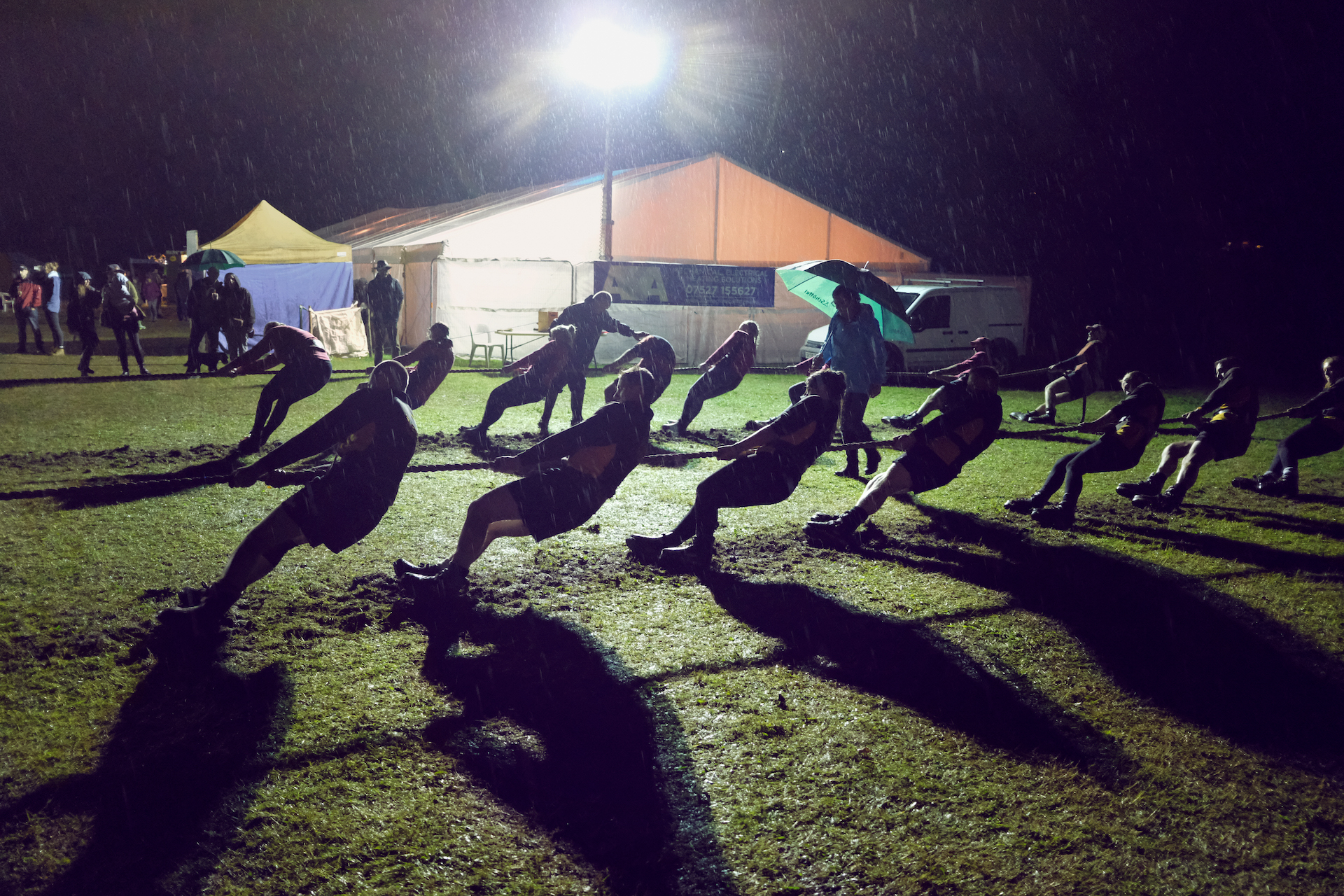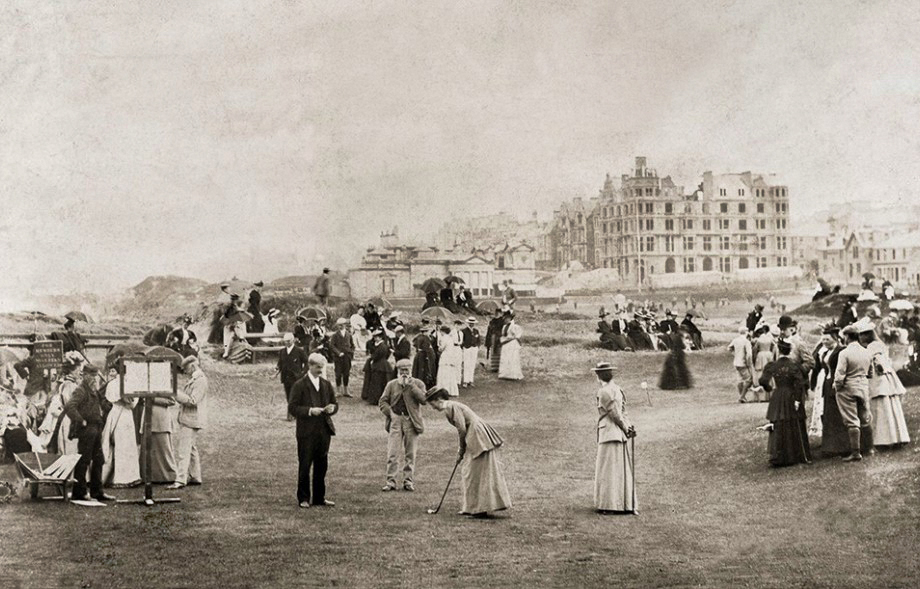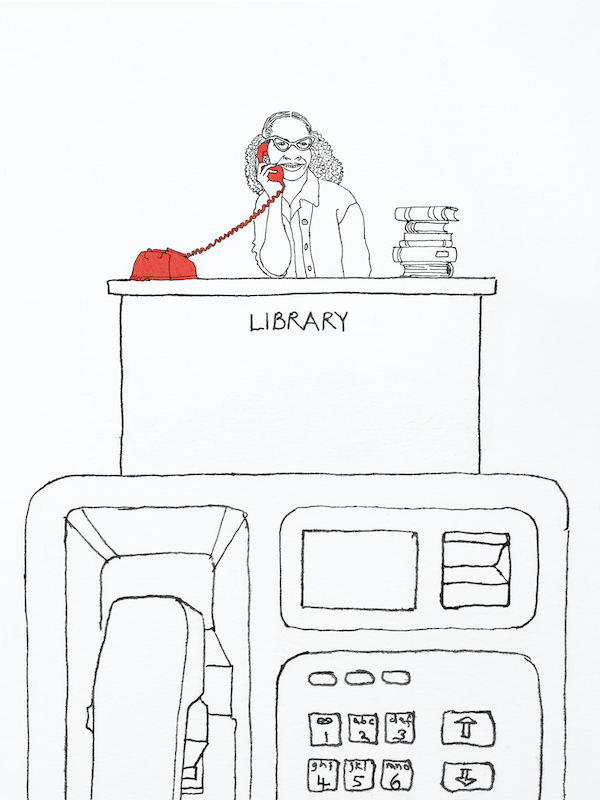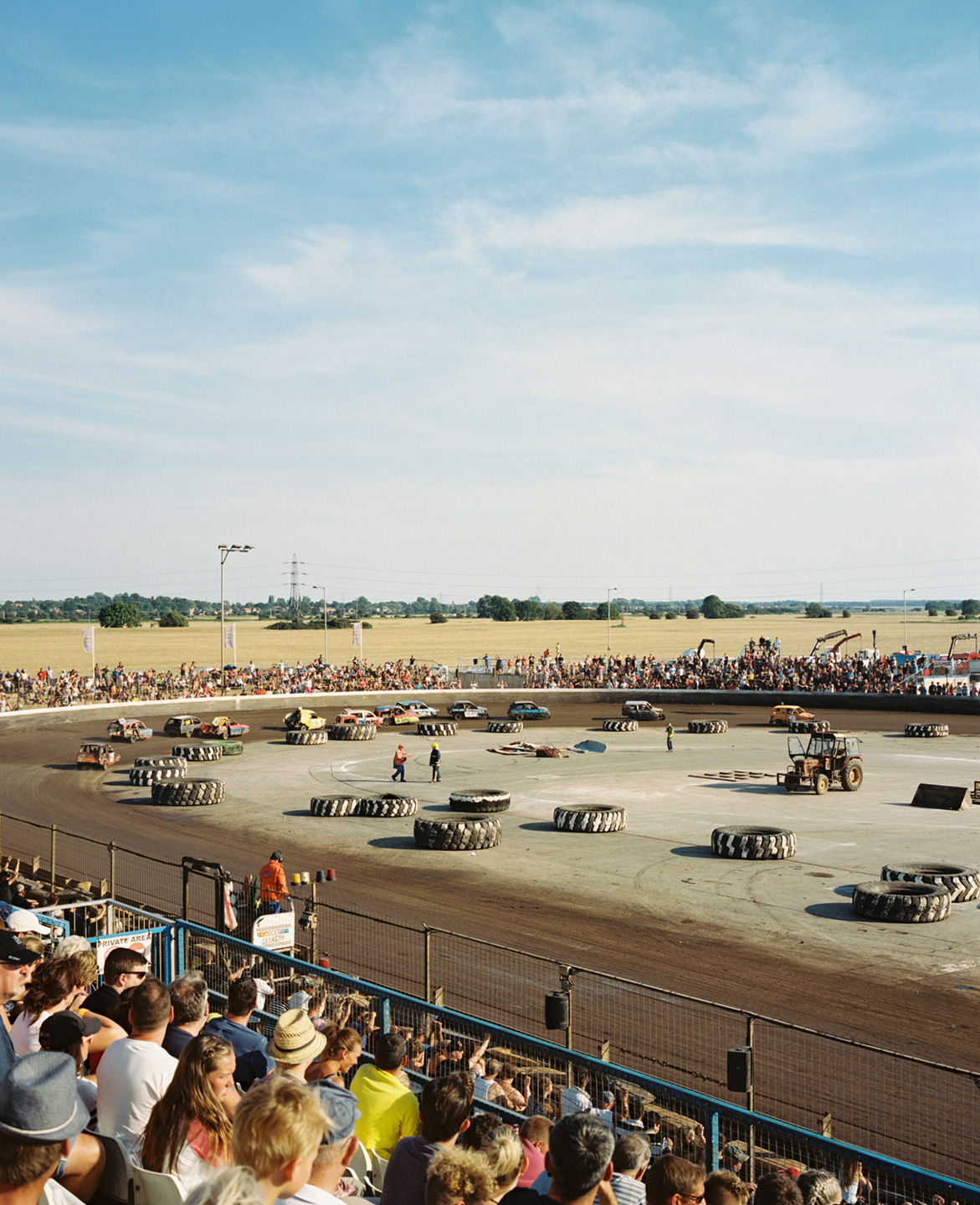REAL TENNIS I Lords, London, England
The giraffe, the hunting dog and the bobble

Images and words by The Coracle
As The Coracle waits for a real tennis ball to drop down from the roofs of the court, Wimbledon looms across the other side of the city. It’s not a long wait but it is unusual in any sport to find yourself with spare time and it’s unlikely Swiatek or Djokovich will experience the same, despite tennis originating from the historic game of real tennis.
As well as the distinctive court design, the sound of the game is striking; the hushed atmosphere, interrupted by wooden rackets hitting the floor, the soft thud of the ball on concrete, the twang of the racket’s strings and the ball hitting a bell that is an integral part of the court.
Real tennis has also been called royal tennis since it was once the sport of kings, played by Henry VIII at Hampton Court Palace, one of the Lords’ regulars insists the square hatch at the back of the court was originally used to pass through the King’s lunch. Anne Boleyn was arrested while gambling on a match at Hampton Court and its been rumoured that an old ball discovered in the court’s rafters, was stuffed with her hair. In 1922, a ball, aged to before 1520, was discovered in the rafters of Westminster Hall, made of leather stuffed with dog hair, it now resides in the Museum of London. There’s still one wall of a 16th century court in the garden of the cabinet office off Downing Street. As Simon Inglis puts it in his epic ‘Played in London’ book; ‘Echoing with history, and steeped, almost literally, in majesty’. This is a sport that has been deep at the heart of the establishment. In all honesty, the accents you’ll hear at Lords or Queen’s Club are still more cut glass than pint glass.
The ruling classes might have built courts to escape the masses but the origins of the game are on the down and dirty streets. The distinctive penthouses (sloping roofs) on two sides of the court derive from the shop awnings or roofs of buildings from when it was played on the streets, often in the empty space left after a market. The tambour (the sticking out bit of wall) is another obstacle that lived on from the streets and was incorporated into court design to add intrigue. Humankind’s desire to play games wherever and whenever, we now have clubs and codified rules but small children start by hitting a ball against a wall. In the Southern Tuscan villages of Italy, they still play a street game called Palla EH! The playing areas use the buildings surrounding them. In a more sanitised world, it’s wonderfully serendipitous and anachronistic.




Back in the UK, five court based ball games are broadly connected: Real tennis, fives, rackets, squash, and lawn tennis. The first three share the same visual spectacle; the deep patina of polished black concrete walls and a handmade white or yellow ball. Real tennis is the oldest documented of the five and takes its name from a French game played with the hand called jeu de paume; ‘Tenez’ was a pre-serve warning call (take this!). The racket replaced the gloved hand in the 16th century. Even now the wooden racket head in real tennis is asymmetric, resembling the shape of an open hand and en Francais, the head of the racket is called le tamis, after the sieve that was originally used. The balls take around 30 minutes to make by hand, using cork, felt, linen, cotton and of course the hair of Anne Boleyn.
The scoring is complex. Rob Fahey the multiple men’s world champion and Federer equivalent says; ‘It’s not really as complicated as people think if they haven’t had it explained on a court’. It is. As Kathryn McNicoll writes in her book on real tennis; ‘it takes a long time to learn the intricacies of the game….no coincidence the world champs are often in their thirties or forties. Rob Fahey was still winning World Championships at the age of 49. As Jack, the assistant pro at Middlesex University Real Tennis Club says; ‘it’s better to just start playing and work on the rules as you go’. Not for nothing is it called chess on a tennis court. Fundamentally though it’s great fun at your first go, you can sweat the specifics at a later date.
So, unbelievably odd and unbelievably old. The oldest court of all is at Falkland Palace in Scotland but Middlesex Uni has a state of the art court built 20 years ago. Real tennis might not be as popular as the latest trend of pickleball but the number of courts is growing with around 50 worldwide in Australia, the USA, Ireland and France, 27 of these are in the UK. Lords, home of real cricket, has had a real tennis court since 1838 and it was here that the rules of lawn tennis were codified in 1875.
How did it turn into unreal tennis (or just lawn tennis)? Vulcanised rubber made it possible for balls to bounce on grass. A British solicitor and Spanish merchant possibly played the first game on a Birmingham croquet lawn around 1860. In 1873 Major Walton Clopton Wingfield combined all the items needed to play it in one box set, making it much more accessible. The name ‘real tennis’ was coined by The Field magazine in 1867 to distinguish it from the growing popularity of lawn tennis. Lawn tennis had the advantage of allowing better spectating, cheaper balls and rackets, let alone courts and it was also easier to learn but as Jack says, the thrill is that ‘you’ve never seen anything like it before’. Wimbledon might be world famous but real tennis, take a bow.
Top real tennis fact: There are nearly 40 types of serve including the giraffe, the hunting dog and the bobble, the latter sounding like it might have been the favourite serve of Rowan Atkinson’s Blackadder.

Top real tennis fact: There are nearly 40 types of serve including the giraffe, the hunting dog and the bobble, the latter sounding like it might have been the favourite serve of Rowan Atkinson’s Blackadder.
The women champion is currently Claire Fahey and the champion of the men is the wonderfully named Camden Riviere.
Kaatsen in Holland, Pilota in Spain are other variants but do check out the game of Palla EH! here.
To see the best of the best at real tennis, watch this snippet of the 2016 mens final here.
If you want to try your hand (or racket) at playing get in touch with Middlesex. They are super welcoming and always keen for new blood.
Thanks to Chris Bray at Lords and Jack Carter at Middlesex.








